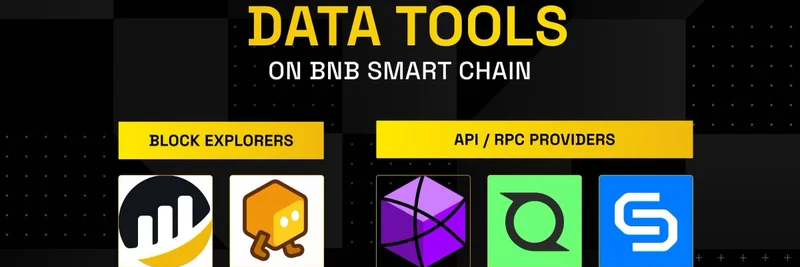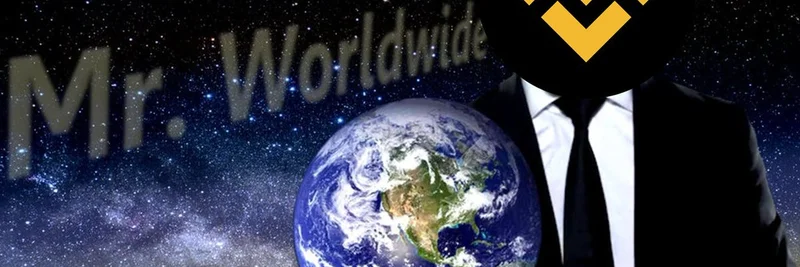In the fast-paced world of cryptocurrency, where opinions fly faster than transaction speeds, Jesse Pollak, the mind behind the Base layer-2 network on Ethereum, recently stirred the pot with a thought-provoking post on X (formerly Twitter). Pollak, known for his role in building accessible blockchain infrastructure at Coinbase, called out what he sees as a harmful mindset that's taken root in Crypto Twitter—often abbreviated as CT.
Here's what he had to say in his 원문 게시물:
the idea that "all coins are the same shitters" is one of the most reductive and toxic ideas that's somehow embedded itself into CTs hivemind
very basic reasoning clearly shows that depending on where/how/why/who/what coins are launched they are very different
For those new to the lingo, "shitters" is slang in crypto circles for low-effort, scam-prone, or worthless tokens—think rug pulls or pump-and-dump schemes that give the space a bad name. Pollak argues that painting all coins with the same brush ignores crucial factors like the platform they're launched on (e.g., Solana's Pump.fun vs. Ethereum's Base), the team's intentions, community involvement, and overall execution.
This perspective is particularly relevant for meme token enthusiasts. Meme coins, often born from internet humor or cultural trends, have exploded in popularity but face constant criticism for lacking "real utility." Pollak's take reminds us that not all are created equal—some build genuine communities and even integrate tech innovations, while others are indeed quick cash grabs.
커뮤니티 반응: 동의에서 셀프 프로모션까지
The post quickly sparked engagement, with over 250 likes and dozens of replies in just a day. Here's a roundup of some notable responses that highlight the ongoing debate in the meme coin ecosystem.
One user, @crypto_bitlord7, a veteran crypto influencer, chimed in with a balanced view:
Yes but unfortunately applications like pump fun produce 99.999% scams so it became normalized for a large population of users
On base, there seems to be a an extremely high number of real projects and the whole “shitter” culture is non existent
Pollak responded optimistically: "sad but there's still hope for their recovery." This exchange underscores a key point—platforms matter. Base, as an Ethereum layer-2, emphasizes scalability and lower fees, attracting more legitimate projects compared to high-speed but sometimes scam-heavy chains like Solana.
Other replies turned the conversation into a showcase for specific tokens. For instance, @Vault_687 promoted $SATOSHI on Base, noting its community-driven approach since 2023 and timeless narrative tied to Bitcoin's creator.
Similarly, @gaptoothlizard shared a meme image claiming "$gappy fixes this," tying into broader Ethereum optimism.
And @Mirocious posted a video without text, seemingly promoting a project called Miggles on Base—featuring animated robotic cats, books, and futuristic battles, all under the "Base is for everyone" banner.
Even @1CrypticPoet added a poetic defense: "It’s wild how some people love to call anything outside their bag trash... Content and creator coins aren’t hurting the space, they’re pulling more people onchain."
These reactions show how Pollak's post resonated, sparking both defense of quality projects and subtle shilling—common in CT.
밈 토큰과 블록체인 실무자에게 중요한 이유
Pollak's message is a call to action for deeper analysis in the meme coin space. As blockchain practitioners, understanding the nuances of token launches can help separate wheat from chaff. Factors like fair launches (no pre-mined tokens for insiders), active communities, and integration with DeFi or NFTs can elevate a meme coin from "shitter" to sustainable project.
For example, Base's ecosystem, with its focus on onchain adoption, has seen successes like $BYTE (mentioned in a reply as a "pure AI-blockchain moment") and others that blend memes with tech. This contrasts with platforms where rapid launches lead to more volatility and scams.
In a broader sense, combating this toxic narrative fosters a healthier crypto environment. It encourages innovation, draws in new users, and ultimately drives adoption—key goals for anyone in blockchain.
If you're diving into meme tokens, start by researching the "where/how/why/who/what" as Pollak suggests. Tools like DexScreener or community forums can provide insights into liquidity, holder distribution, and dev activity.
Stay tuned to Meme Insider for more updates on emerging tokens and crypto discourse. What do you think—are all coins really the same, or is nuance key? Drop your thoughts in the comments!


